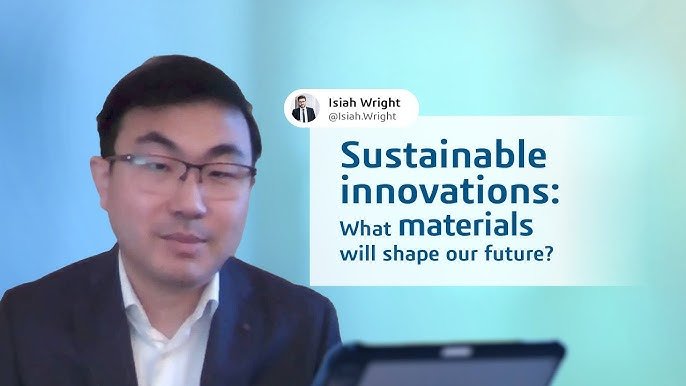In today’s rapidly evolving world, sustainability and innovation are becoming inseparable. Together, they offer solutions to pressing global challenges while paving the way for a brighter and more equitable future. By integrating these concepts, societies can address environmental, economic, and social issues effectively. Here’s how sustainability and innovation are shaping the future and why their synergy is crucial.
Understanding Sustainability and Innovation
Sustainability focuses on meeting current needs without compromising the ability of future generations to meet theirs. It emphasizes responsible use of resources, environmental protection, and social equity.
Innovation, on the other hand, is about creating new ideas, processes, or technologies to solve problems and improve lives. When combined with sustainability, innovation becomes a powerful force for creating solutions that benefit both people and the planet.
The Role of Innovation in Driving Sustainability
- Clean Energy Solutions
- Solar, wind, and hydroelectric power are examples of innovative technologies that support sustainable energy use.
- Smart grids and energy storage solutions are enhancing efficiency and reliability in energy distribution.
- Sustainable Agriculture
- Precision farming techniques, such as drones and AI-driven analytics, help reduce waste and optimize crop production.
- Vertical farming and hydroponics are revolutionizing food production, using less land and water.
- Waste Reduction and Recycling
- Circular economy principles encourage reusing materials and minimizing waste.
- Innovations like plastic-eating enzymes and biodegradable packaging are reducing environmental pollution.
How Sustainability Drives Innovation
Sustainability challenges often push industries to think creatively and develop groundbreaking solutions. For example:
- The need to combat climate change has spurred the development of electric vehicles (EVs) and advancements in battery technology.
- Growing concerns about water scarcity have led to innovative water purification and desalination methods.
Benefits of Combining Sustainability and Innovation
- Economic Growth: Green industries and technologies create jobs and stimulate economies.
- Environmental Protection: Innovative practices reduce greenhouse gas emissions, conserve natural resources, and protect biodiversity.
- Social Impact: Sustainable innovations improve quality of life, particularly in underserved communities.
Examples of Sustainability-Driven Innovation
- The Rise of Green Buildings: Smart technologies and sustainable materials are transforming architecture, reducing energy consumption, and improving indoor air quality.
- Electric Vehicles and Charging Networks: Automakers are developing EVs that are more efficient and accessible, while expanding charging infrastructure worldwide.
- Sustainable Fashion: Brands are adopting recycled fabrics, ethical sourcing, and waste-free production techniques to reduce their environmental footprint.
Challenges and How to Overcome Them
- High Initial Costs: While sustainable technologies may require significant investment upfront, long-term benefits often outweigh the costs. Governments and private investors can support adoption through subsidies and grants.
- Resistance to Change: Education and awareness campaigns can help people and businesses understand the value of sustainable practices.
- Lack of Collaboration: Partnerships between governments, corporations, and communities are essential for scaling sustainable innovations.
The Future of Sustainability and Innovation
The integration of sustainability and innovation will play a defining role in shaping the future. As technology continues to evolve, so too will the opportunities to create a more sustainable world. Key trends to watch include:
- Advancements in renewable energy storage and distribution.
- Breakthroughs in carbon capture and utilization.
- The expansion of green finance and investment in sustainable projects.
Conclusion
Sustainability and innovation are not just buzzwords; they are essential tools for addressing global challenges and building a better future. By embracing these concepts, we can create solutions that protect our planet, drive economic growth, and improve lives. The path forward demands collaboration, creativity, and a shared commitment to leaving a positive legacy for generations to come.
